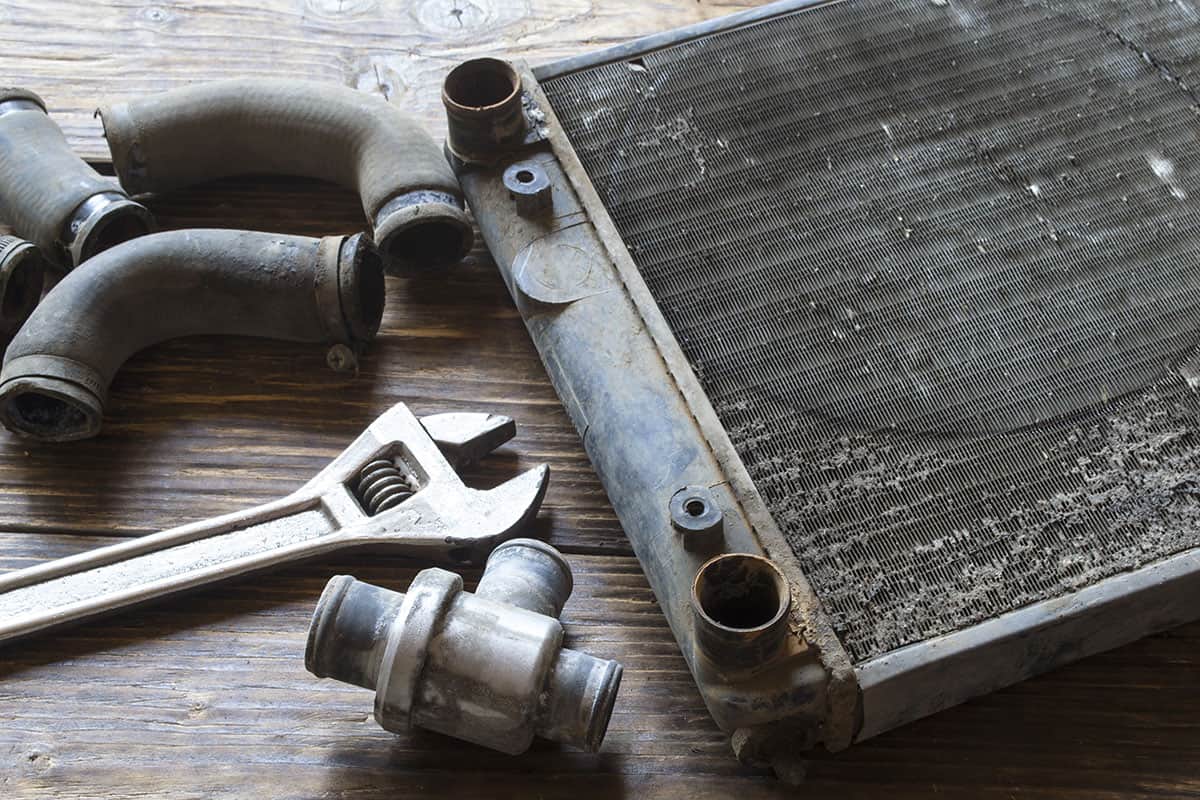Posted on 4/24/2024

Gas is getting more expensive, and it feels like the prices keep going up. Whether you're going on a road trip or just driving to work, you want to make the most out of your gas. How you drive your car can really affect how many miles you get per gallon. But don't worry, there are lots of things you can do to improve your fuel economy. So where should you start? Pay Closer Attention to Your Tires Taking care of your tires is more than just checking the pressure. You should also make sure your tire tread is even, your wheels are aligned, and your wheels are balanced. Uneven tread can really hurt your MPG. Regular tire maintenance is essential for ensuring optimal performance and safety on the road. In addition to checking tire pressure, it is important to regularly inspect the tread depth of your tires. Uneven tread wear can indicate alignment issues or improper tire inflation, both of which can lead to decreased fuel efficiency and compromised handling. P ... read more
Posted on 4/22/2024
The Importance of Addressing Engine Repairs Engines are like the heart of your car - they need regular check-ups to keep them healthy. But sometimes, even with the best care, engines can still have problems. It's important to fix these issues right away, instead of putting them off. Ignoring engine repairs can lead to bigger problems down the road, costing you more money in the long run. Safety First One big reason to take care of engine repairs quickly is safety. If your engine breaks down while you're driving, it can be really dangerous. It could cause an accident and put you and your passengers at risk. Plus, a poorly functioning engine can make your car less efficient and use up more gas, which can also lead to costly repairs. Regular maintenance is key to preventing engine breakdowns. By getting your oil changed, checking your fluids, and having your engine inspected regularly, you can catch any potential issues before they become majo ... read more
Posted on 4/18/2024

Your car’s radiator is like the superhero of its cooling system. It works hard to make sure your engine doesn’t get too hot by keeping the coolant at the right temperature. If your radiator is acting up, it’s important to get it fixed right away. How Do I know I need Radiator Repair or Service? If your engine starts overheating, your coolant levels drop, or you see strange spots or puddles under your car, your radiator might need some TLC. It’s best to take your car to a professional auto technician to figure out the issue and get it fixed. One common issue that can cause radiator problems is a leak. Leaks can occur in the radiator itself, the hoses, or the water pump. If you notice a sweet smell coming from your engine or see a green or orange fluid leaking from your car, it’s likely a radiator leak. Another common problem is a clogged radiator, which can happen due to a buildup of debris or sediment in the cooling system. Regular main ... read more
Posted on 4/17/2024
Engine Cooling Make sure to check the coolant fluid level and inspect the hoses and coolant reservoir for any leaks. Fix any issues right away to avoid expensive damage. Essential Fluids Regularly check the levels of oil, brake, power-steering, and windshield-washer fluids. If your brakes feel weird, you might need new pads. Our technicians can help you with this. Engine Belts Check the serpentine belt for cracks or missing pieces. Listen for strange noises while your car is running, as it could mean a belt problem. Wipers Replace old wiper blades that leave streaks on your windshield. Keep your windshield clean inside and out for better visibility. Sun Shade or Rear Window Tint Consider using a cover for your windshield to protect your dashboard from the sun. Shades for the rear and side windows can also help keep your car cool. Air-Conditioning System ... read more
Posted on 4/16/2024

If you operate a vehicle lacking air conditioning, you are likely to endure a journey that is both unpleasant and perspiration-inducing. Equipping your vehicle with a functioning air conditioning system can provide a more optimal and enjoyable temperature setting for yourself and fellow passengers throughout the duration of the journey. The A/C Is Making Noise When your car's A/C system starts making loud and unusual noises, it's a sign that something is wrong. If you hear grinding or screeching sounds, it could mean that your A/C system is on the verge of failing. If the noise is so loud that you can't even hear conversations in the car, it's time to get it checked out. The noise could be coming from the compressor, fan motor, or another part of the system. Over time, wear and tear can cause the A/C system to stop working altogether. Don't ignore the noise - take your car in for service or repair. The Air Isn’t Cold If yo ... read more